
Best E-Commerce Products Clone – Full Stack MERN Application
E-Commerce Products Clone
A simple project on E-Commerce Products Clone built using the MERN stack (MongoDB, Express, React, Node.js) demonstrates how modern e-commerce applications function from both the user and admin perspectives. This project provides an end-to-end shopping platform that allows users to browse and manage products while enabling administrators to handle product listings effectively.
Developed with a clean architecture and a responsive interface, this project showcases essential real-world functionalities like user authentication, product display, and cart management — making it an ideal full-stack learning project for students who want to understand how complete web systems operate.
Best Final Year Project For Data Science :–Click Here
Project Overview
| Parameter | Details |
|---|---|
| Project Name | E-Commerce Products Clone |
| Language/s Used | JavaScript (ReactJS, NodeJS, Express) |
| Database | MongoDB |
| Type | Full Stack MERN Application |
Project Description
The E-Commerce Products Clone is a full-featured MERN stack application that replicates the core functionalities of an online store. The user interface is designed using ReactJS (with Vite.js for optimized speed), while the backend API is powered by NodeJS and Express. MongoDB serves as the database, ensuring secure and flexible storage of products, users, and cart data.
This application consists of three main modules:
Best Advanced Python Projects:-Click Here
- Client (Frontend) – Used by customers to browse, log in, and manage their shopping activities.
- Backend (Server) – Handles authentication, API requests, and data operations.
- Admin Panel – Provides a functional interface for the administrator to manage products.
Students working on this project can clearly understand how a real-world e-commerce system operates, how user and admin roles differ, and how APIs connect the frontend to the backend.
Available Features
Below are the actual working features of this project as implemented in the code.
User-Side Features
- User Login and Signup – Secure user authentication system to create accounts and access the store.
- Navigation Bar – Smooth navigation between pages like Home, Products, and Cart.
- Product Image Display – Each product is shown with a clear image to improve visual appeal.
- Product Price Display – Displays the current price of each item directly on the product cards.
- Cart Management – Add and view products in the shopping cart.
- Remove Product from Cart – Users can remove unwanted products from their cart with a single click.
Admin-Side Features
- Navigation Bar – Provides easy access to the admin panel and product pages.
- Add New Product – Admins can add new products by entering product details, price, and image.
- View Product List – Displays all existing products in a table or list format for easy management.
- Product Image Display – Shows uploaded images for each product in the admin dashboard.
- Product Price Display – Admins can view and verify product prices.
These features collectively demonstrate how e-commerce platforms handle both the user-facing and administrative sides efficiently.
Tech Stack Used
The project is built using the following technologies:
- Frontend: ReactJS + Vite
- Backend: NodeJS and Express
- Database: MongoDB
- Authentication: JWT (JSON Web Tokens)
- Styling: CSS
- Environment Configuration:
.envfile
The combination of these technologies ensures fast performance, scalability, and maintainable architecture.
Installation Guide (VS Code Setup)
Follow these step-by-step instructions to run the project on your local system using VS Code.
Download New Real Time Projects :–Click here
Step 1: Install Prerequisites
Ensure that the following tools are installed:
- Node.js (latest version)
- MongoDB (local or cloud)
- Visual Studio Code
- npm or yarn package manager
Step 2: Extract the Project Files
After downloading the ZIP file, extract it to a preferred folder, for example:
C:\Users\YourName\E-Commerce-Products
Step 3: Open the Project in VS Code
Open VS Code and use the terminal to navigate to the extracted folder:
cd E-Commerce-Products
Step 4: Backend Setup
Navigate to the backend directory:
cd backend
npm install
Create a new file named .env inside the backend folder and add the following lines:
MONGO_URI=mongodb://127.0.0.1:27017/ecommerceDB
PORT=4000
JWT_SECRET=LocalEcomSecretKey12345
Now start the backend server:
npm start
If everything is correct, you will see:
Server running on port 4000
MongoDB connection successful
Step 5: Frontend (Client) Setup
Open a new terminal window and navigate to the client folder:
cd ../client
npm install
npm run dev
This will start the frontend (React) app on your local machine (default port 5173).
Step 6: Admin Panel Setup
Open another terminal and navigate to the admin folder:
cd ../admin
npm install
npm run dev
The admin dashboard will start (usually on port 5174).
Step 7: Access the Application
- User Interface:
http://localhost:5173 - Admin Panel:
http://localhost:5174 - Backend API:
http://localhost:4000
Best Final Year Project For JAVA :- Click Here
At this stage, your complete MERN E-Commerce project is live and fully functional on localhost.
Usage Guide
1. User Role (Customer)
The User Interface provides all essential features for customers:
- Register or log in using the authentication form.
- Browse through all available products.
- View product images and prices.
- Add items to the shopping cart.
- Remove items when needed.
This allows users to simulate real online shopping behavior and understand how frontend states and backend APIs synchronize in a full-stack project.
2. Admin Role
The Admin Panel is built for managing products:
- Log in as admin and access the dashboard.
- Add new products by entering details and uploading an image.
- View the complete list of existing products.
- Check product pricing and verify data consistency.
This separate admin interface helps students learn how multiple frontends can communicate with a single backend while handling different roles.
Why This Project is Useful for Students
The E-Commerce Products Clone project is extremely beneficial for students learning web development. It covers almost every crucial concept required in full-stack applications.
Here’s why it stands out:
Best Final Year Project For SPRINGBOOT:–Click Here
- Real Industry Concepts – Demonstrates authentication, state management, and API integration.
- Modular Architecture – Teaches how to structure a scalable multi-role web app.
- Hands-on Experience – Students get to interact with real APIs and database operations.
- Practical Design – User interface and admin panel mirror real-world e-commerce applications.
- Code Reusability – Encourages component-based design for frontend development using ReactJS.
- Skill Enhancement – Strengthens backend logic creation, routing, and database handling with MongoDB.
By building and running this project, students not only learn MERN development but also gain experience in project setup, deployment structure, and data flow between client and server.
Best Final Year Project For JSP :- Click Here
We have Best projects Available in all languages:–Click Here
e commerce website in react js with source code github
e commerce website using react js, mongodb, express, node js
e commerce website using react and node js
how to create e-commerce website using react js
greatstack e-commerce github
e commerce app using html, css, javascript and reactjs codewithcurious com
e commerce website project source code free download
e commerce website project with source code
e commerce products clone using react js github
e commerce products clone using react js example

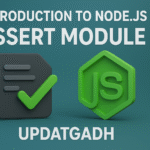
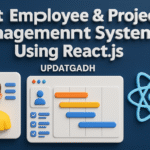
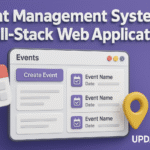
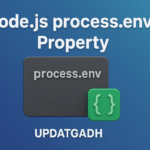
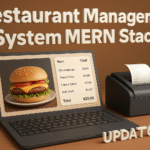
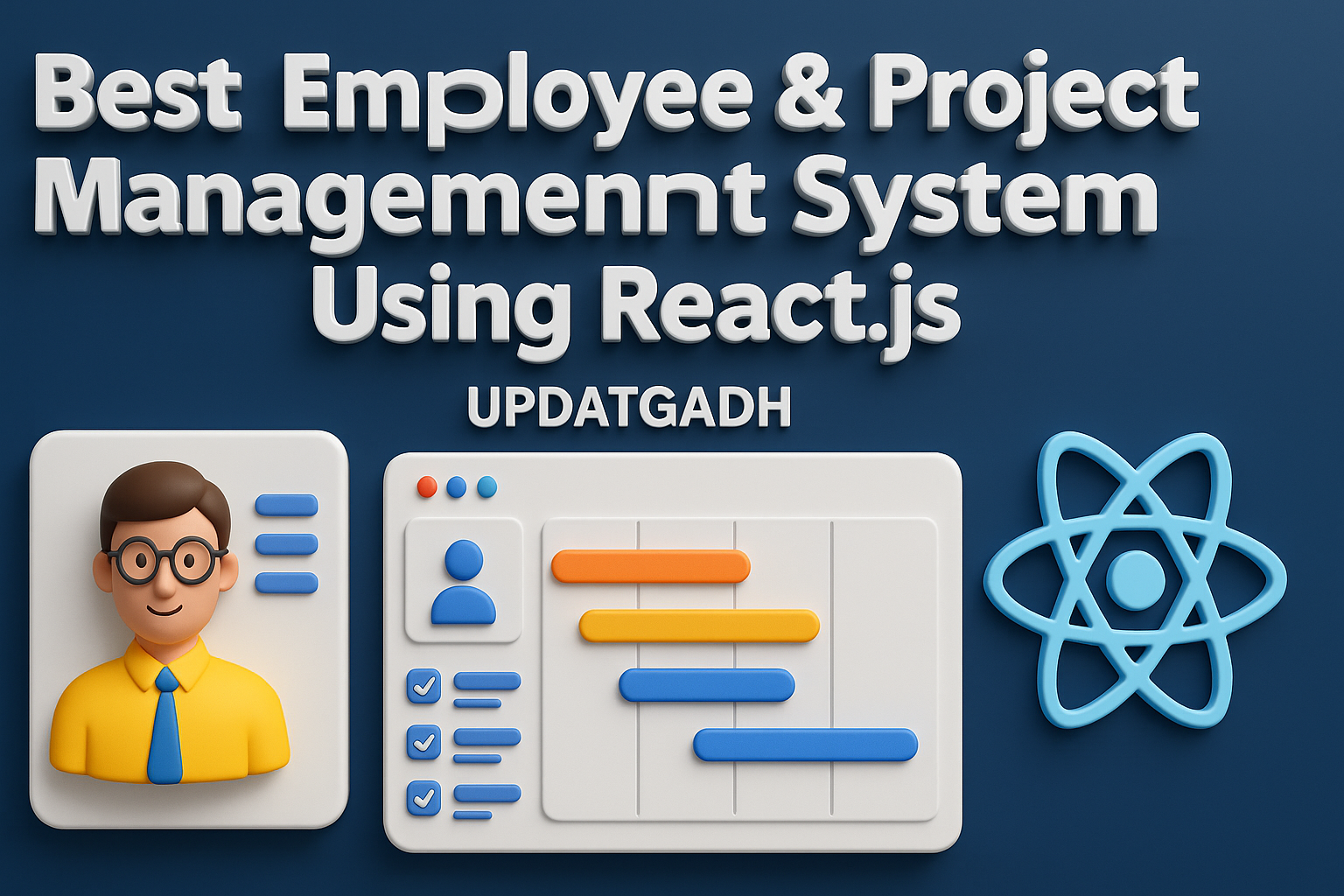


Post Comment